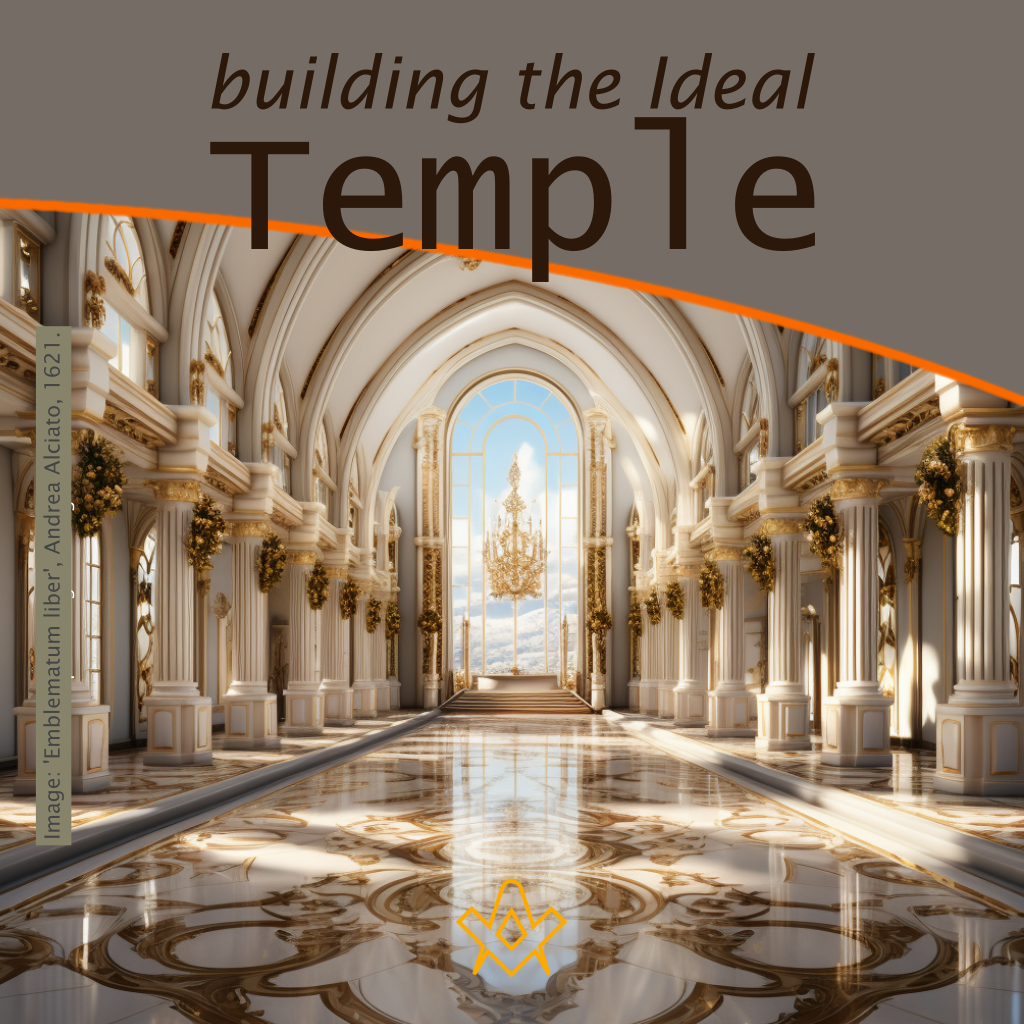As Freemasons we could say that we have a double mission, namely building two ideal temples. Building an ideal Inner Temple, so that we can then transpose the inner construction on a larger scale and build an ideal Temple of Humanity.
But can such ideal temples ever be realized, given that at first sight the word “ideal” seems to be synonymous with perfection?
The answer may be both no and yes.
∴ No, because my perception of what perfection means may differ from yours, just as your perception of perfection may differ from someone else’s.
The problem with perfection is its very subjectivity. Each man perceives it in his own way, and an attempt to impose the perception of an individual or a small group of individuals on a multitude would lead slowly but surely to tyranny.
We can observe how over the centuries the most odious forms of government and political regimes have arisen from the transposition of subjective perfections onto a general plane.
Surely all who have attempted or would attempt to build such a temple have done and would do nothing but plunge humanity into the darkness of their own light.
∴ Yes, because on closer inspection, “ideal” may not imply perfection in a universally accepted sense, but harmony between all notions of perfection.
We must realize that we are all actors in this show called life, and each of us plays a role, which must not interfere in any way with the roles of our fellow human beings.
In our perfect imperfections we can therefore all agree on one thing: such a Temple must have at its base the highest of all possible aspirations: Freedom.
But Freedom has no foundation and the idea of the need to build an ideal Temple implies the prior existence of a “non-ideal” temple.
The paradox of the construction towards which we tend is that it can only be achieved by destruction: by demolishing any form that confines light to a fixed point.
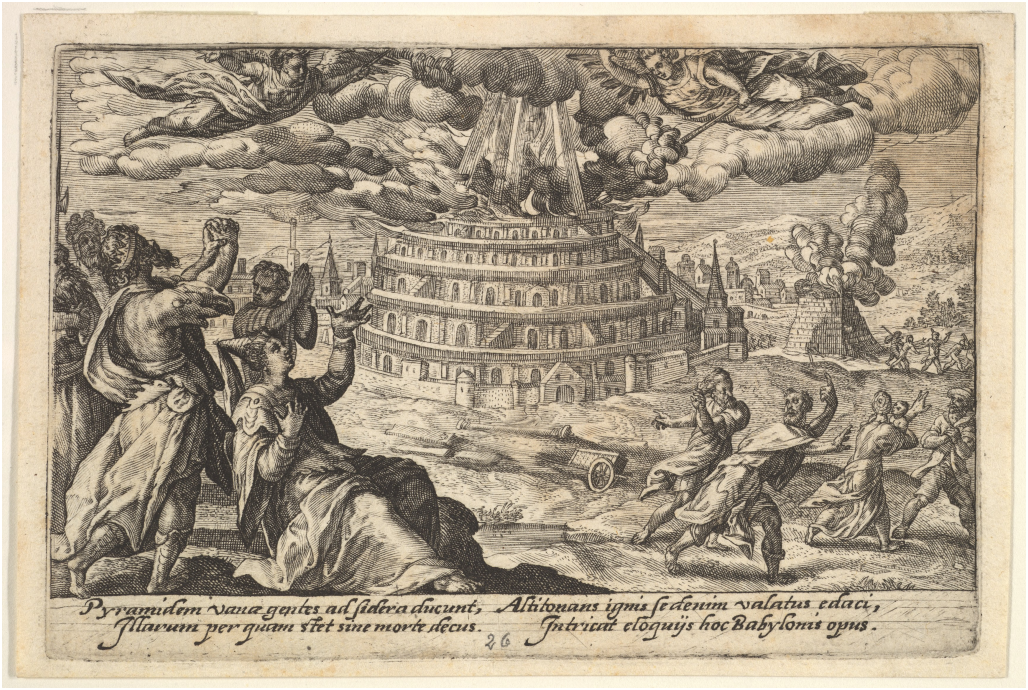
The Destruction of the Tower of Babel, from “Liber Genesis” 1612 – Crispijn de Passe the Elder (Netherlandish, Arnemuiden 1564–1637 Utrecht)
IMAGE LINKED: Met Museum OA/PD, https://www.metmuseum.org Attribution 4.0 International (CC BY 4.0)
We can very well observe how in our Lodges we have a set of working tools that can acquire two distinct uses: that of creating and that of destroying.
But how many Freemasons have destroyed their own limitative beliefs instead of strengthening them, and how many have destroyed the basic meanings of Freemasonry instead of absorbing them so that they can see that to create is to destroy and that to destroy is actually to create or to purify?
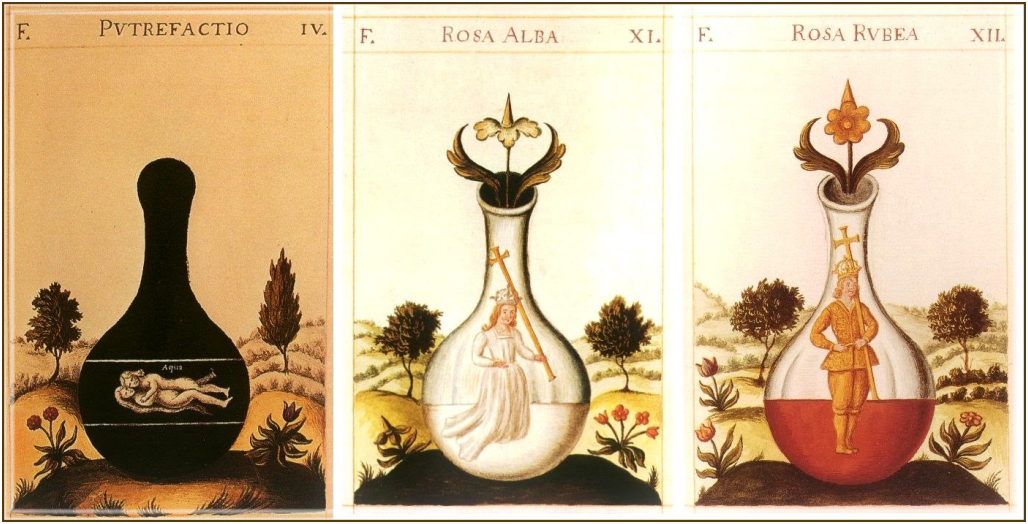
From destruction to purity – the process of spiritual alchemy from Nigrido, Albedo and Rubido.
Image: from Pretiosissimum Donum Dei, published by Georges Aurach in 1475
IMAGE LINKED: wikimedia Attribution 4.0 International (CC BY 4.0)
When we lay the cornerstone of an edifice and when we use the trowel to cement further bricks in order to create it, that unity becomes the opposite of the pure unity that we find around the edifice. Only if we destroy that impure temple, we can create the Temple of ideal unity, namely that of Freedom.
In order to achieve this desideratum of Freemasonry, I would say that we must therefore become a bit heretical.
We should think outside the box and from a “fraternity of builders” we ought to transform into a “fraternity of demolishers” which removes the cornerstones of all the temples of impure unity, so that real unity may arise.
Within Egyptian Rite Freemasonry we can find three great prompts of creative destruction, in order to oppose the pharaohs of past and present times and their dazzling constructions:
∴ Educate the ignorant!
∴ Unmask the hypocrite!
∴ Knock down the proud!
But in order to achieve a macro-level creative destruction, we must start from a micro-level.
We cannot oppose any pharaohs if we ourselves are the pharaohs and we cannot demolish their constructions if we isolate ourselves in pharaonic constructions.
Thus, the first task is to remove from ourselves the cornerstones of ignorance, hypocrisy and pride.
The second one is to start removing them from our Lodges, Grand Lodges and we will surely be able to remove them from society, by the power of our own example, not by forcing anyone to do so.
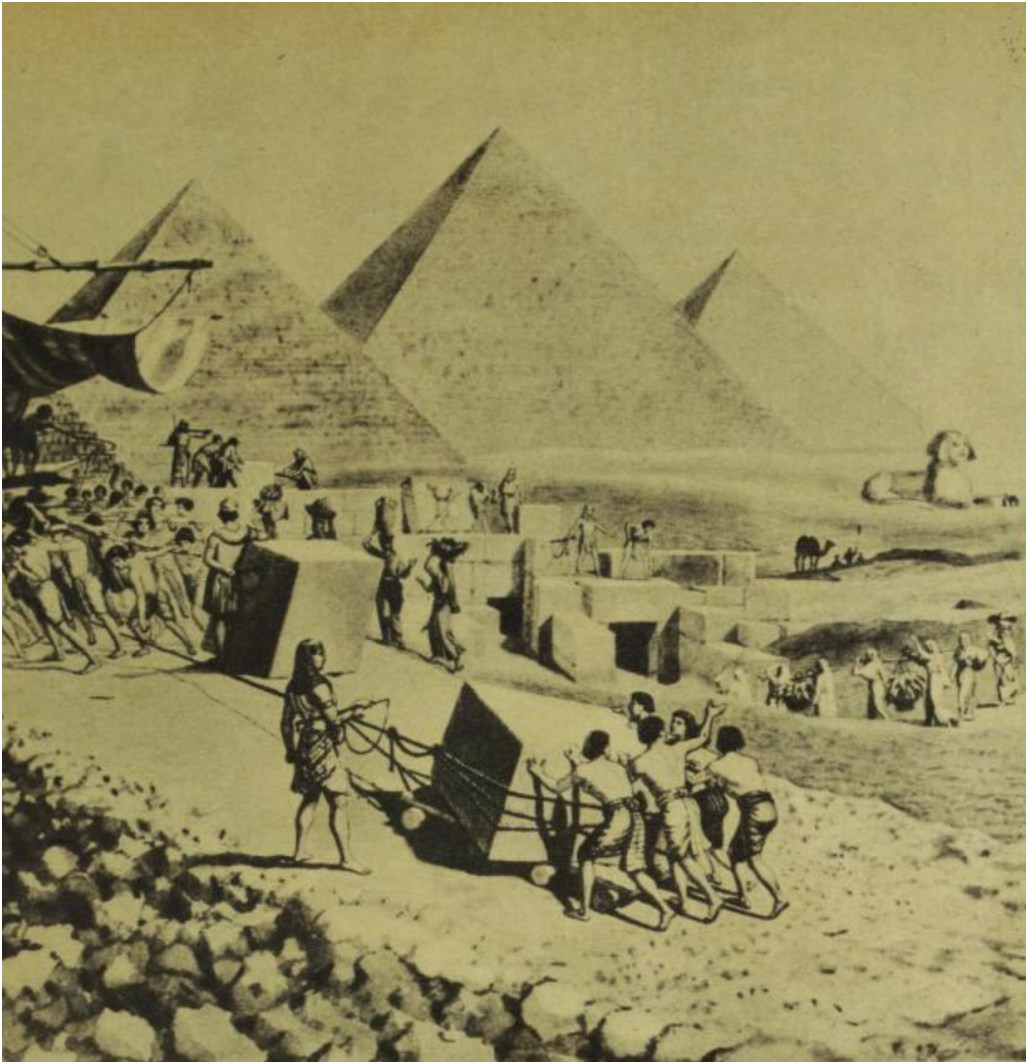
The builders of the Great Pyramids, “The Seven Wonders of the World”, Joseph Boggs Beale (1841-1926)
IMAGE LINKED: wikimedia Attribution 4.0 International (CC BY 4.0)
We ought to remove the cornerstones of all dogmas, of all personal limitations that blind and divide, of the idea that we are somehow superior to our fellows.
The cornerstones of all our mysteries, and ultimately, one day, the very cornerstone of our own Fraternity so that Harmony and Truth may prevail everywhere and we may all as humans be truly united in Freedom, in the true brotherhood of a true Temple which doesn’t require any cornerstone.
Article by: Gabriel Anghelescu

Gabriel Anghelescu is a Romanian Freemason interested in the spiritual and esoteric aspects of the Fraternity.
His passion for esotericism and Freemasonry began at an early age. His first contact with initiatory societies was the International Order of DeMolay, a para-Masonic organization for boys aged 12 to 21. He was initiated in Jacques de Molay Chapter, in Bucharest, where he later served a mandate as the Master Councillor of his Chapter.
He received the Masonic initiation in a French Rite Lodge bearing the distinctive name of Apolodor din Damasc (Apollodorus of Damascus), working under the Grand Orient of Romania and years later he joined L'Athénée des Etrangers Lodge, which works under the auspices of the United Europe Regular Grand Lodge (Marea Lojă Regulară Europa Unită), in the Orient of Bucharest.
He is now the Grand Spokesman of the United Europe Regular Grand Lodge (Romania), a Past Master of L'Athénée des Etrangers Lodge and a member of the Ancient and Primitive Rite of Memphis 1815 (Romania).
Recent Articles: by Gabriel Anghelescu
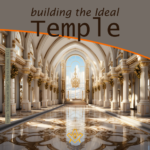 As Freemasons we could say that we have a double mission, namely building two ideal temples. Building an ideal Inner Temple, so that we can then transpose the inner construction on a larger scale and build an ideal Temple of Humanity. But can such ideal temples ever be realized, given that at first sight the word "ideal" seems to be synonymous with perfection? The answer may be both no and yes. |
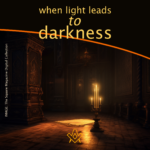 Embark on a thought-provoking journey into the world of Freemasonry in "When Light Leads to Darkness". Discover why remaining an eternal Apprentice is essential and how excessive light can shroud you in darkness. Unearth the hidden truths behind Freemasonry's symbols and teachings. Can too much 'knowledge' cloud 'understanding'? Read on to explore. |
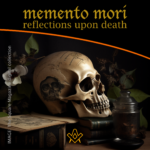 With a focus on "Memento Mori", explore the deep symbolism of the first and third degrees in freemasonry. Gain a unique insight into the reflections upon death and how they are intertwined with the teachings of the craft as Gabriel Anghelescu takes you on an intriguing journey of mystery and enlightenment. |
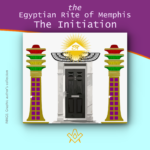 The Egyptian Rite of Memphis: The Initiation Following on from last month's article "The Egyptian Rite of Memphis: Past, Present and its Relevance for Today's Freemasonry", Gabriel Anghelescu leads us on the path of the Initiate into the Chamber of Reflection and beyond. |
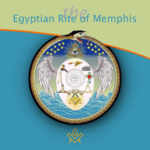 Over time many Masonic Rites have developed, each Rite having its own history, legends, and rituals. Some of them are still practiced today, and others have ceased to exist. The best known and at the same time the most practiced Masonic Rites are the Ancient and Accepted Scottish Rite and the York Rite. Among other Masonic Rites, we can find the Rite of Memphis, to which this article is dedicated. The Rite of Memphis is a branch of Esoteric Freemasonry and specifically one of the Rites of Egyptian Freemasonry. |
masonic knowledge
to be a better citizen of the world
share the square with two brothers

click image to open email app on mobile device


